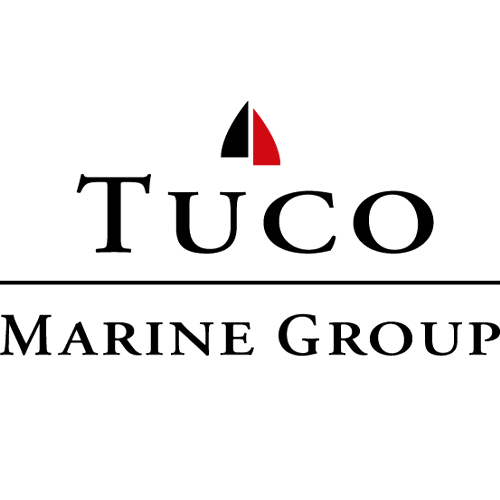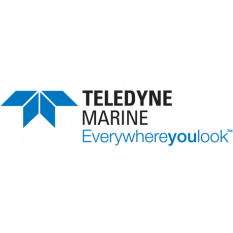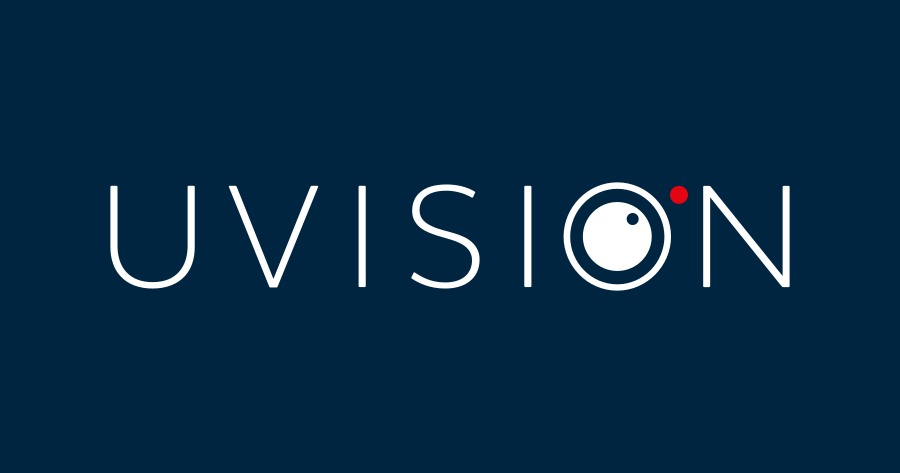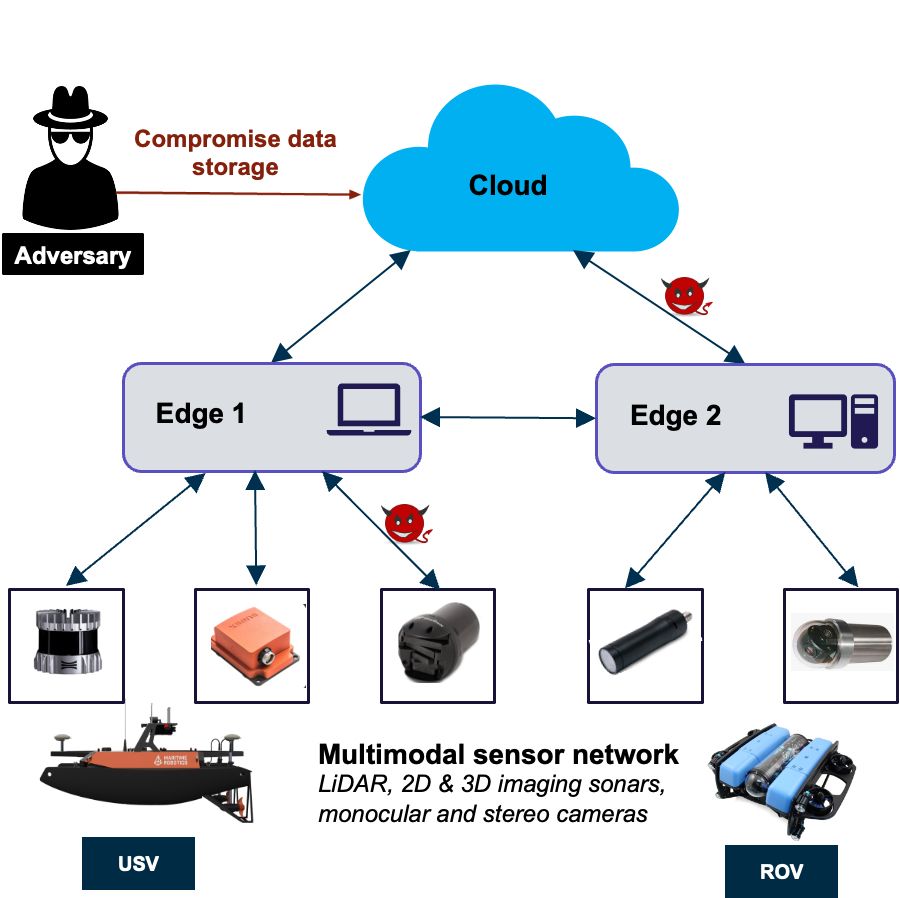MARESEC - Autonomous Mapping for Surveillance of Critical Maritime Infrastructure





Background
The ocean plays a major role as a foundation upon which modern societies have amassed their wealth, transforming it into a hub for food, energy, and trade. Even the name København -meaning “merchant’s harbor”- reflects connection with the ocean. The city flourished through its coastal location and the development continues until today. Denmark always strive to use sustainable energy and tries to diminish the impact of such practices to the environment. Extensive coastal and offshore infrastructure is under development to ensure the security of supply and progress towards decarbonization. However, marine environment is not an exactly safe place, making protecting these assets against waterborne threats a formidable task.
The National Defence Technology Centre, aiming to contribute to a critical technological boost of the Danish Armed Forces and the Danish defence industry, tries MARESEC to demonstrate real-time seabed-to-sky mapping and surveillance of Danish critical maritime infrastructures (CMI) by developing, integrating, and validating an autonomous multi-agent marine system (AM2S).
Strategic Objective
| Nr. | Description |
|---|---|
| 1 | To create multiple datasets including navigation, acoustic and optical data collected from both ASV and ROV |
| 2 | To develops edge- and cloud-based sensor fusion solutions to integrate the different data into a cohesive high-resolution map of the infrastructure |
| 3 | To implement secure communication protocols are deployed to ensure secure data exchange between the vehicles and the cloud |
| 4 | To demonstrate the technology and transfer knowledge to Royal Danish Navy |
Impact
This project is expected to increase the know-how on cutting edge technology for the Royal Danish Navy. Collaborating autonomous marine systems such as USV and ROV could elevate the current technological advancement in the maritime security sector. Using commercial technologies, MARESEC accelerates the development and deployment for autonomous systems, especially for continuous surveillance of critical maritime infrastructure. On top of surveillance, MARESEC can be utilized for environmental mapping, and monitoring of biodiversity. Changes around critical maritime infrastructure like the flora and fauna can be critical for maritime infrastructure.
Scope

AAU will focus on secure computation offloading and the data storage. Offloading is done to efficiently handle the data in IoT-Edge-Cloud connectivity and to minimize data process on the device (USV and ROV). The connection will rely on cellular connectivity. As MARESEC is used to gather critical maritime infrastructure data, secure data exchange within AM2S and AM2S-to-cloud is essential. In addition, framework to secure data at rest in the edge devices will be implemented. Finally, post-quantum algorithms will be utilized to secure communication against future quantum-based threats.
| People involved: | Sokol Kosta (co-PI), Cedomir Stefanovic, Edlira Dushku, Rifqi Juli Indrayanto |
| Funding source: | NFC - Nationalt Forsvarsteknologisk Center |
| Budget: | DKK 1 170 000,00 |
| Duration: | 01/03/2025 → 28/02/2026 |
| Partners: | Danmarks Tekniske Universitet, UVision, Teledyne Marine, TUCO Marine |




